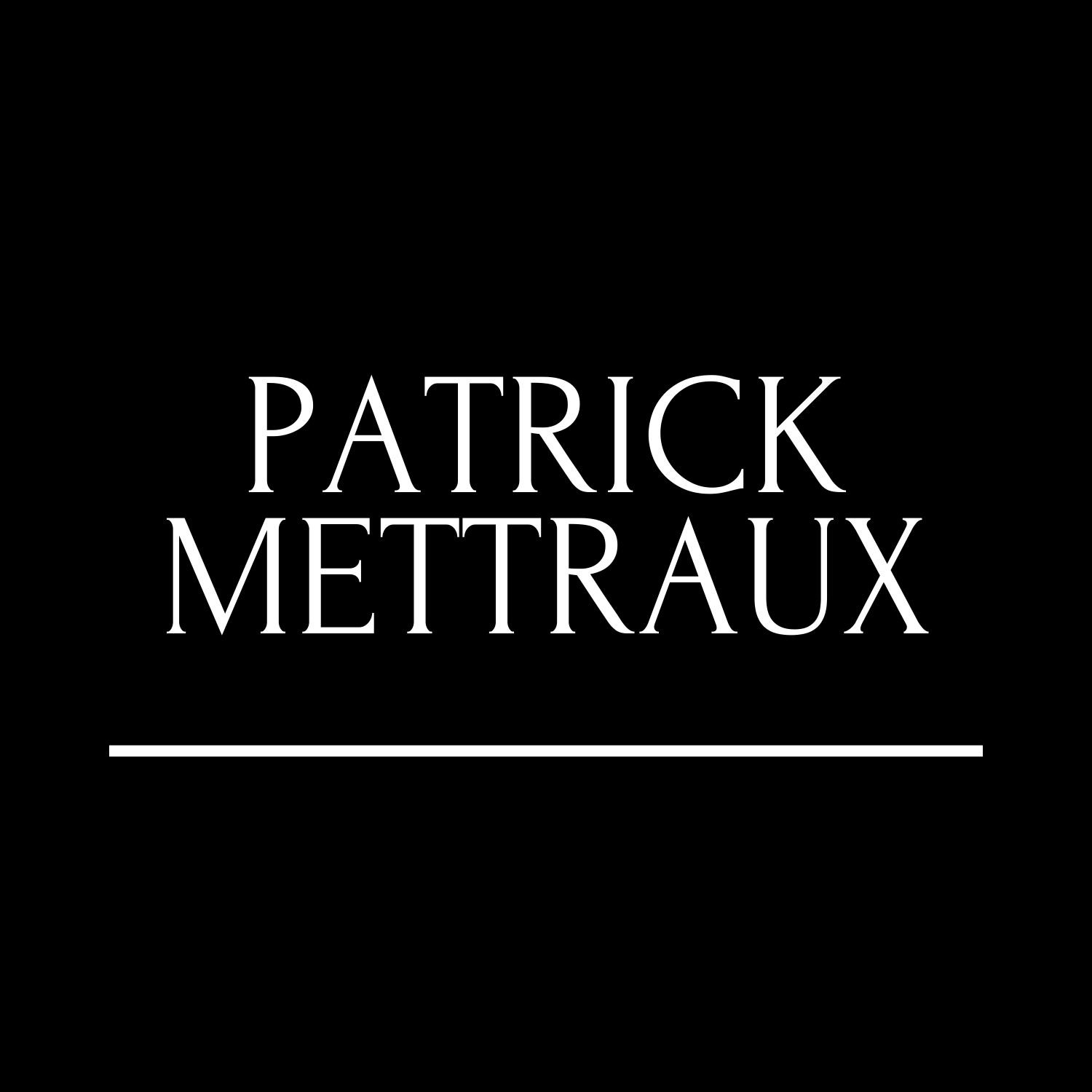AI image generators are a great way to create high-quality content quickly. They can be used to generate realistic face images, 3D and anime characters, paintings, digital art of all types, and more.
However, there are some concerns about the way AI-generated images are being used. They can be used to create misinformed or harmful images that could have real-world impact.
What is an AI image generator?
AI image generators are a great tool for creating striking images, without the need for an artist or designer. They use machine learning to create a photorealistic result from a text prompt.
Generative image generation models are trained to recognise combinations of images and captions, using massive datasets containing billions of existing photographs and illustrations. They can then respond to text-to-image prompts to generate new images based on the text.
These image-to-image AI tools are useful for content marketers, as they can quickly create blog pictures, product showcases, social media posts and more. They also come with image-to-image editing tools, which allow users to upload a photo and then add a text prompt to generate variations on it.
Getting the prompts right is important when using a text-to-image AI tool, as they can make or break the results. Specifying styles (like cyberpunk), artistic formats (like watercolor) and specific words (such as’masterpiece’ or ‘Kodak’) can lead to better results.
How do AI image generators work?
AI image generators use generative artificial intelligence to turn text prompts into amazing images. They’re trained on datasets containing billions of images and captions that enable them to understand the relationship between words and pictures.
These models can create stunning images from simple text inputs, including style, lighting, and color. They can also combine this information with contextual understanding to successfully recreate or modify existing images and content.
While they have a lot of potential, there are some ethical and legal concerns surrounding AI image generators. For example, some models were trained on images trawled from the internet without permission from their original owners.
Those concerns haven’t stopped AI image generators from becoming increasingly popular for online visual content creation. Some are already being used by brands like Cosmopolitan, which released an AI-created magazine cover in June 2022.
What are the limitations of AI image generators?
AI image generators are a powerful tool for creating visual content. They can save time and money by generating high-quality images quickly. They can also boost creativity by generating unique and unexpected images that human designers may not have thought of.
However, AI image generators have limitations. They can’t always generate accurate images with precise details, and they can be biased by the data used to train them.
As a result, AI-generated images could be dangerous for both business and users. They could be used by threat actors for catfishing, social engineering, or other cybercrime activities.
Another limitation is that many of these algorithms are based on copyrighted art. This means that they can’t be used for commercial purposes without permission from the original artists.
How can I use AI image generators?
If you’re not familiar with AI image generators, they can be a little intimidating. But they’re not as hard to use as they seem, and many of them are free.
The key is to understand what they do and how they work. Most AI image generators use a neural network that’s trained on billions of images to interpret almost any prompt.
For example, if you tell them that a dog is your favorite animal, they’ll generate an image of a dog that looks like a dog.
However, these results aren’t always perfect. They may not be able to generate specific details such as a dog’s eyes or ears, or they might end up looking too artificial.
Regardless of their limitations, AI image generators have the potential to open up new creative opportunities for photographers and digital artists. Whether they’re used to create original artwork or as springboards for ideas, they can be an exciting addition to any photography workflow.

0 Comments